Unfortunately, most of the Baroque interior was not preserved. Only the central altar painting was saved. The tomb of Prince Elector Friedrich the Victorious (1425-1476) is located in the north-east corner of the church. Near the easterly doors is the entrance to the former Jesuit College, now used by the University of Heidelberg for its philosophical seminary and by the office of administration. The church is also home to a Museum of Ecclesiastical artifacts from the 17th to the 19th centuries.
While the Jesuit church of Heidelberg is at the end of an alley off of Old Town’s main thoroughfare (the Haupstrasse), it is easy to find and well worth a visit.
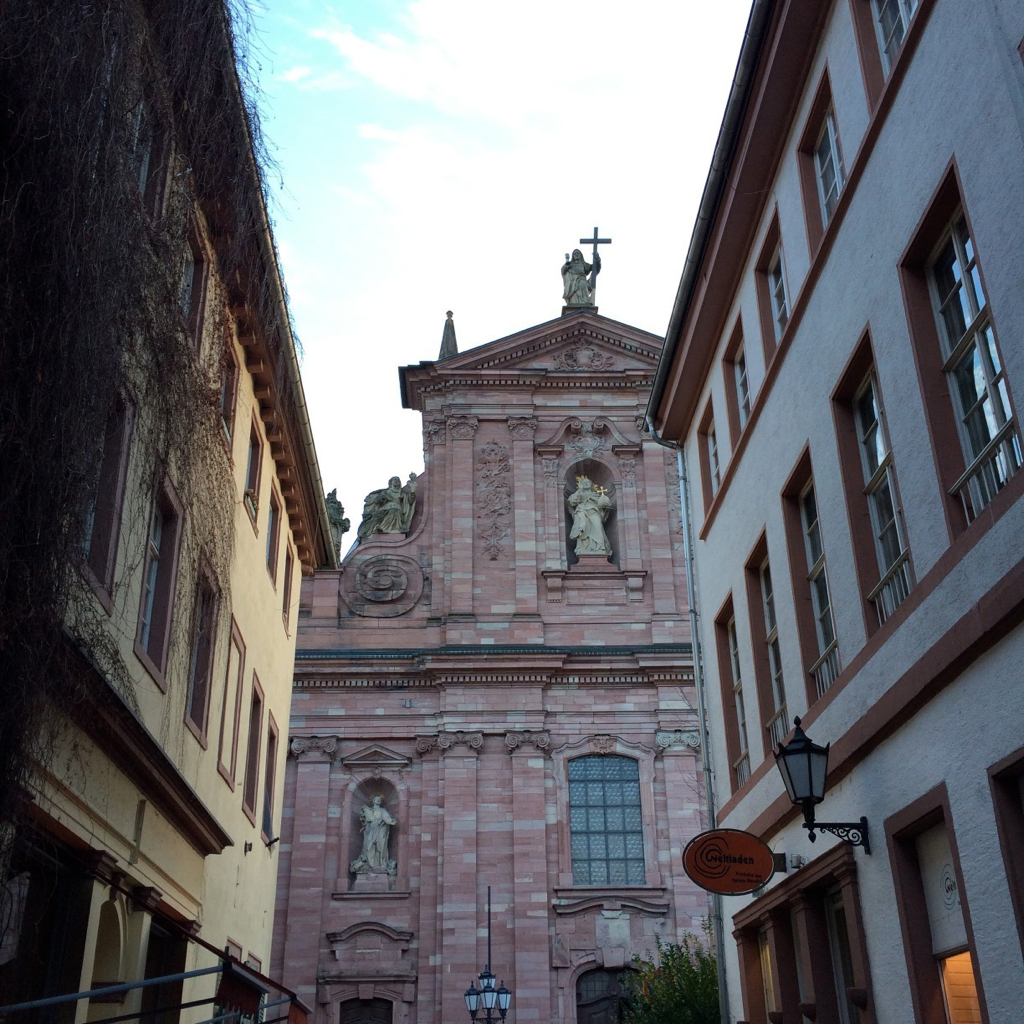

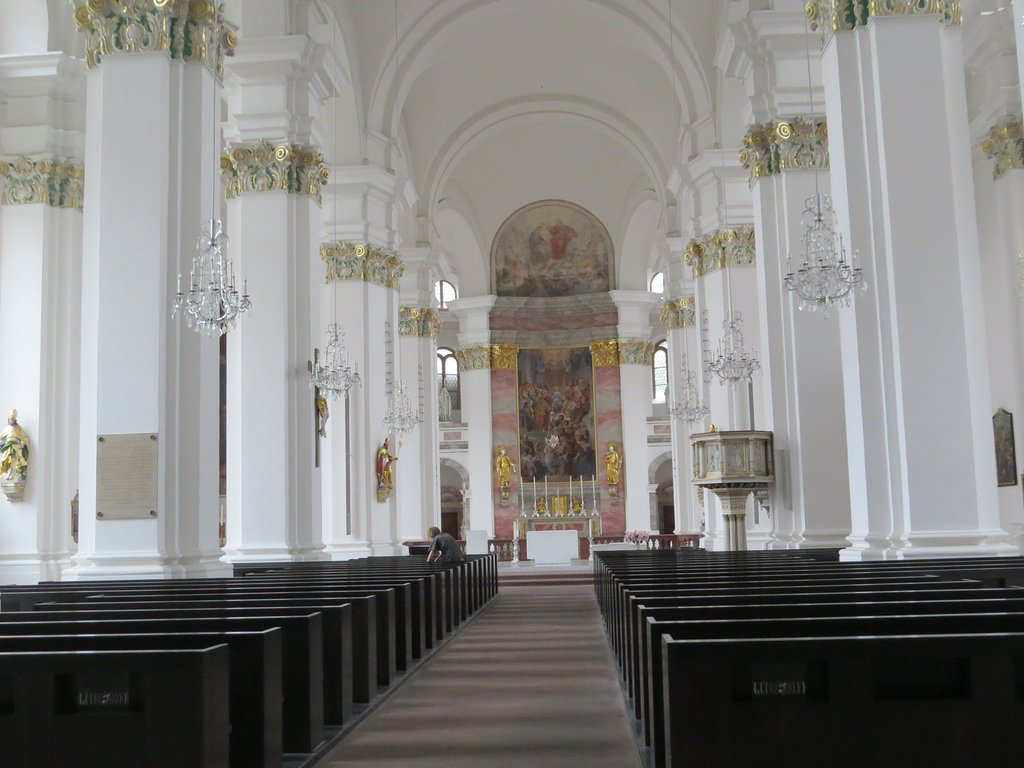
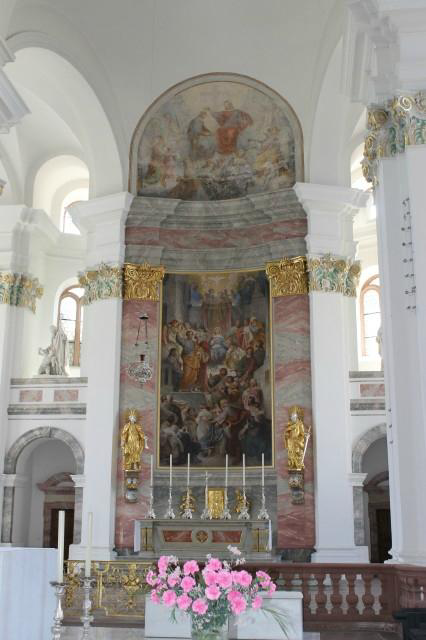

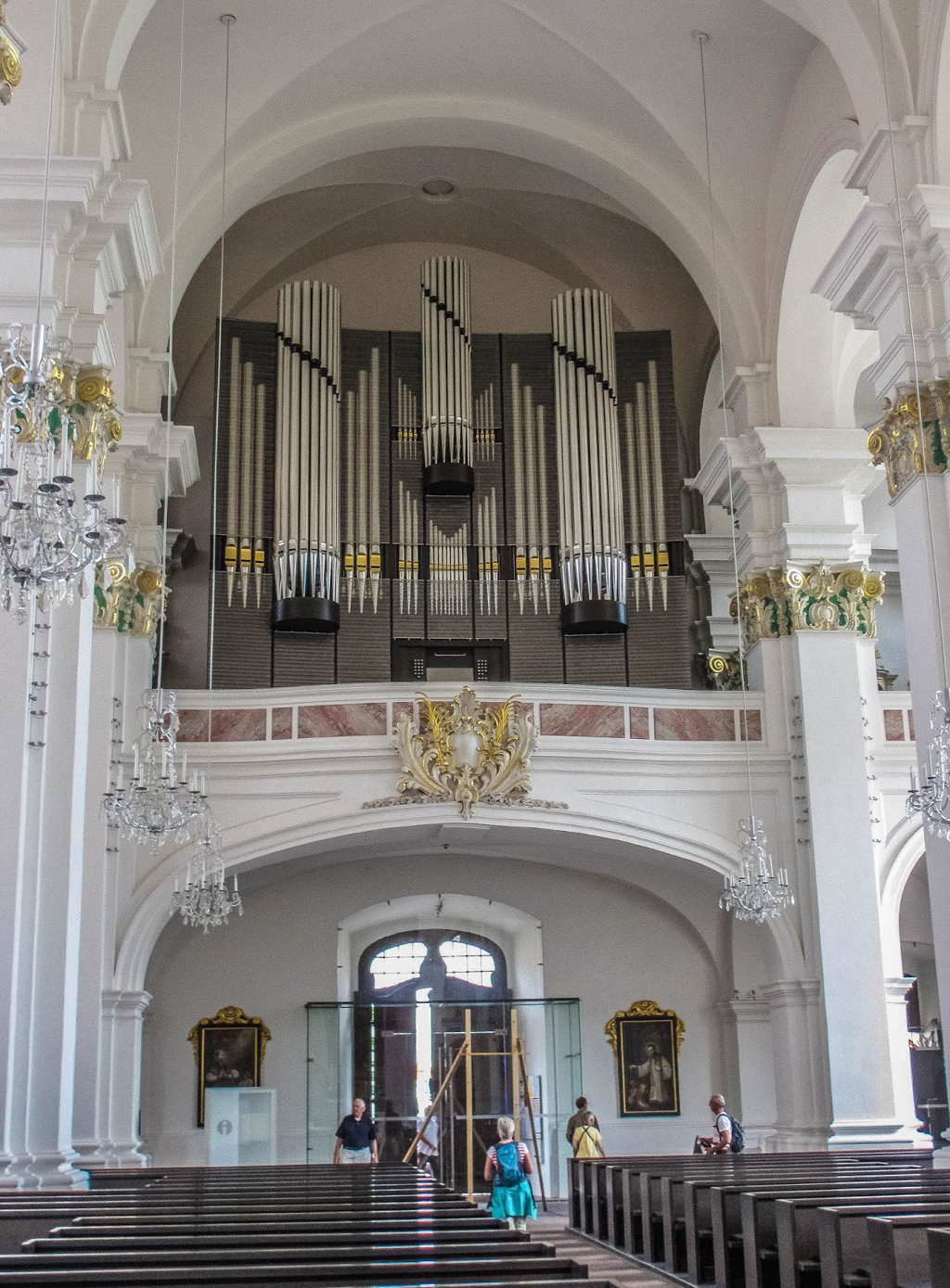
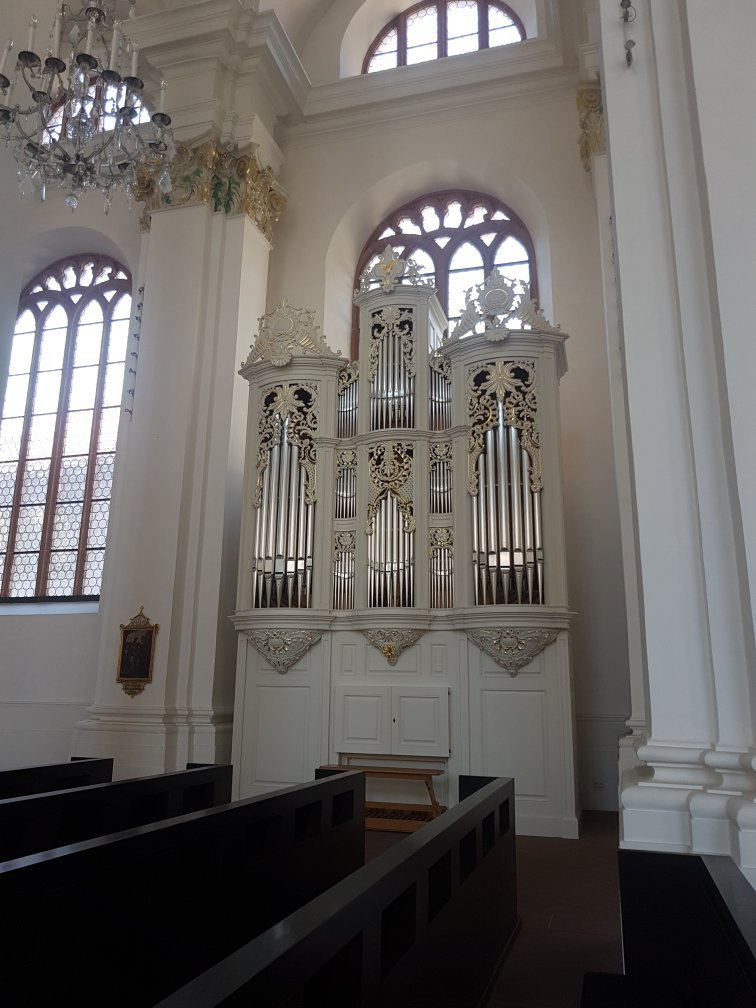
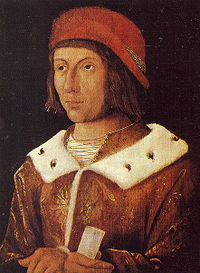
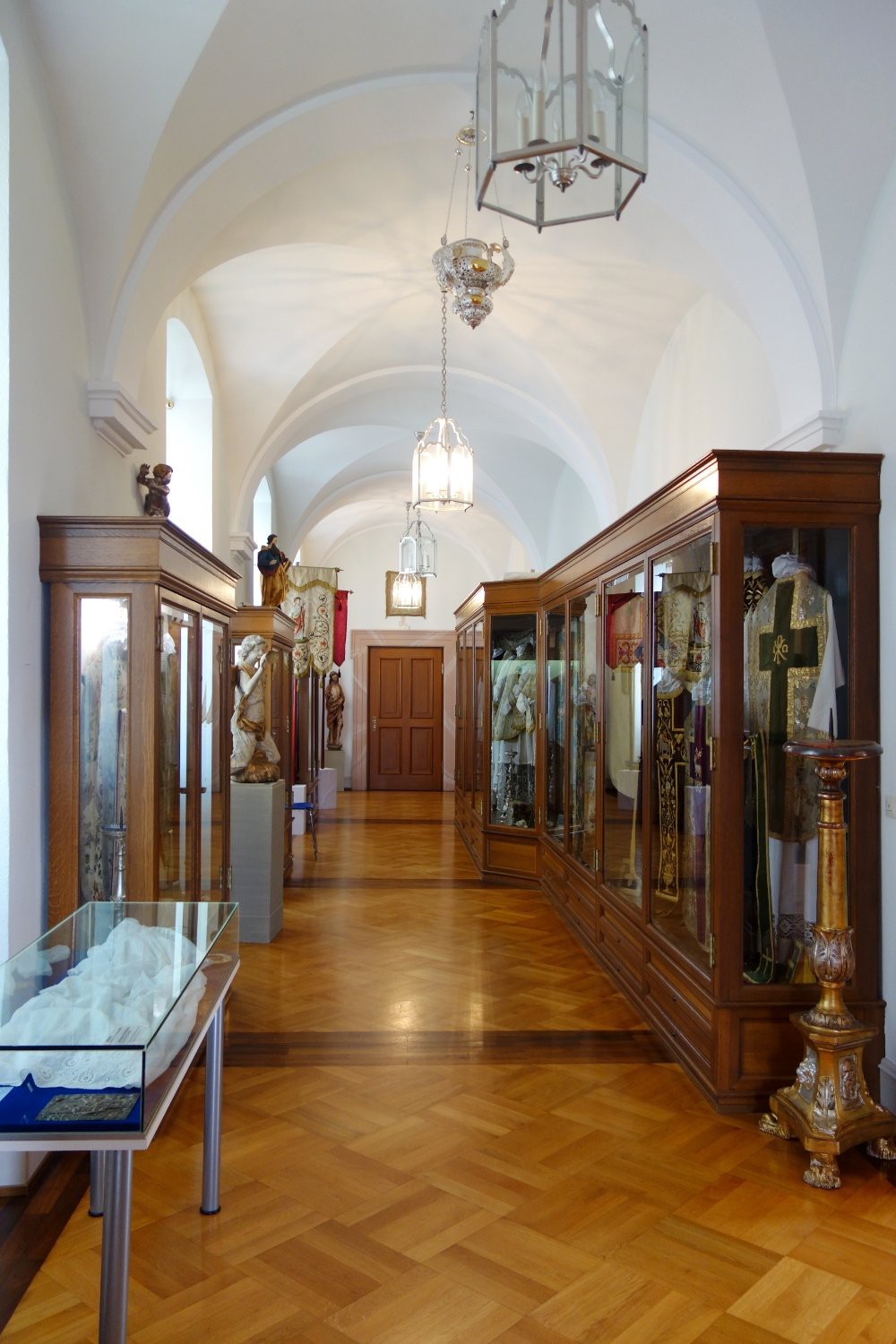
 RSS Feed
RSS Feed
